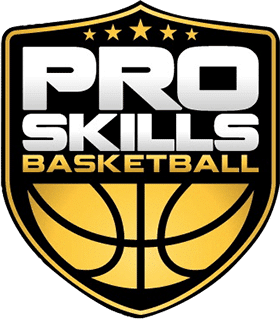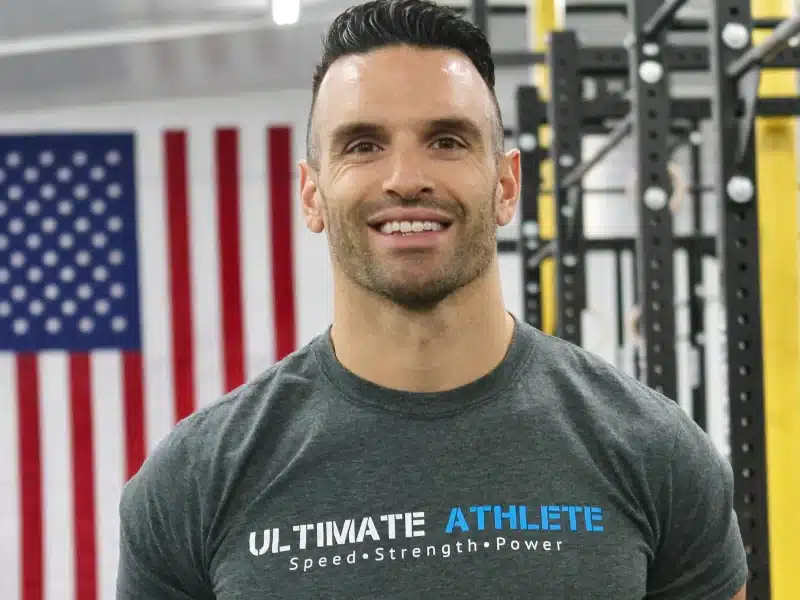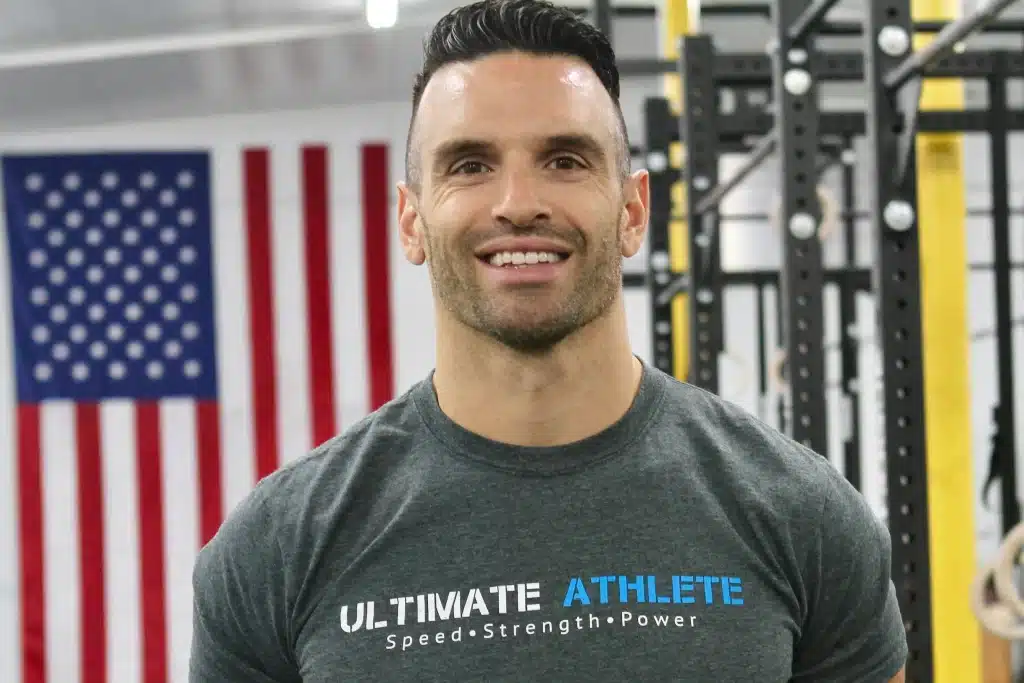Basketball Athleticism Training: Expert Interview with Jeremy Martin
Basketball isn’t just about handles and shooting—it’s about athleticism. Strength. Explosiveness. Balance.
These physical tools separate good players from great ones.
To explore how youth basketball players can train to become more athletic, we sat down with Jeremy Martin, founder of Charlotte’s Ultimate Athlete, a top performance training facility that works with players at all levels—from beginners to pros.
Misconceptions in Basketball Strength Training
What do many high school players get wrong about building strength?
Jeremy Martin: A lot of young athletes think strength training is only about lifting heavy—bench press, squats, curls. But basketball-specific strength includes shoulder stability, core strength, hip mobility, and injury prevention work.
That means training with things like shoulder prehab, single-leg strength, and core work, which are often overlooked.
When you only move in one plane, like in basketball, imbalances can develop. Our goal is to correct those imbalances and build durable, balanced athletes.
Evaluating Basketball Performance Training Trends
What trends in basketball athletic training do you agree or disagree with?
JM: I like that training is becoming more sport-specific. Athletes are doing drills that simulate real game scenarios—and that’s huge for performance.
What concerns me is the social media-driven trend of “cool-looking” exercises that don’t translate to real gains. Take VertiMax, for example—it’s a great tool, but some players rely on it exclusively and skip foundational strength training. You need both.
Real improvement in vertical jump or speed still comes down to ground-based strength: how much force you can produce and apply quickly.
Improving Vertical Jump for Youth Basketball Players
What’s your #1 tip for athletes who want to jump higher?
JM: Assess your relative body strength first. If you can’t do push-ups or pull-ups, start there. Athletes need to build general strength before adding explosive movements.
Once that’s in place, we move into ground force production—exercises like front squats and Olympic lifts, followed by plyometrics like box jumps. That combination trains the body to create and apply power efficiently.
Training Split for Basketball Athletes
Do you follow the traditional “chest day/leg day” training model?
JM: Not at all. We program full-body workouts that reflect the dynamic nature of basketball. Isolated body part days are for bodybuilders, not athletes.
Our training sessions include movement prep, explosive work, strength, and core. It’s functional, balanced, and mimics the demands of the game.
Best Exercises for Basketball Explosiveness
What 3 exercises do you recommend most for becoming more explosive?
JM: I’ll keep it simple. Here are three foundational movements I recommend for high school basketball players:
-
Seated Box Jumps – Sit on a low box, lift your feet slightly, then explode onto a higher box. This isolates the concentric (explosive) portion of the movement.
-
Floor Bridges with Heels on Box – Lay flat, heels on a 20” box, and drive your hips up. This builds posterior chain strength—critical for jumping and sprinting.
-
Dead-Hang Pull-Ups – Pull-ups from a full hang train upper-body strength and control. Can’t do them yet? Use bands for assistance until you can.
Athletes should aim to include these exercises 3x per week with proper coaching and rest between sessions.
How Ultimate Athlete Supports Basketball Development
At Ultimate Athlete, our philosophy is about holistic player development—from strength and speed to mindset and recovery. We don’t believe in shortcuts or gimmicks.
We work with youth basketball players in Charlotte and beyond to help them:
-
Build strength without sacrificing mobility
-
Improve explosiveness and agility
-
Reduce injury risk with smart prehab and warm-ups
-
Develop habits that translate to on-court success
Final Takeaway: Athleticism is Trainable
Becoming a better athlete doesn’t happen overnight. But with the right training, the right coaching, and the right mindset, any player can improve their strength, vertical jump, and overall game.
If you’re a parent or coach looking to take your child’s or team’s performance to the next level, consider partnering with performance experts like Jeremy—or tapping into a development-first program like Pro Skills Basketball.
Learn More
Want to train like an Ultimate Athlete?
Contact Jeremy Martin at 704.577.1402 or visit www.ultathlete.com to schedule a free evaluation.
Ready to take the next step in your child’s basketball journey?
Pro Skills Basketball offers Club Teams, Camps, Clinics, and Academies in 25+ cities across the U.S.
👉 Find your city and sign up today to join a program focused on real development, experienced coaches, and a culture that puts players first.
📩 Contact us at admin@proskillsbasketball.com
📞 Call us at 866-996-3888




